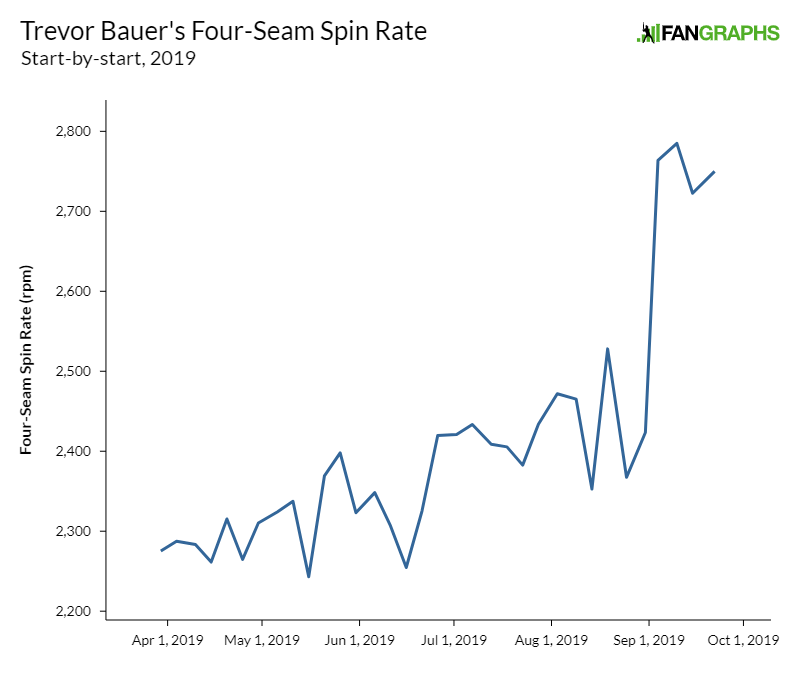Baseball Hunkers Down
Yesterday, Major League Baseball delayed the start of the regular season. The decision, in retrospect, was an easy one: every major sport is now shut down. It’s a public safety concern in addition to a player safety issue, and the combination made it impossible to wait. Opening Day has been postponed by at least two weeks, and May might be a more realistic start date.
In their understandable haste to delay the season, MLB left some loose ends. Today, they’ve started to address those. Yesterday, players were simply waiting at team facilities, unsure of next steps. Some spring training games were played even after the announcement that the season would be delayed indefinitely. Teams had no games, but there was no official announcement of what their players would do.
Today, the league eliminated the confusion. Spring training facilities league-wide will be shuttered by mutual agreement of the commissioner and the player’s union:
https://t.co/VTXLnDTZsH spring training facilities shut, players allowed to return home means it is going to be quite a while until MLB games are played.
— Joel Sherman (@Joelsherman1) March 13, 2020

